Sensex, Nifty snap 4-day gaining streak, Bank Nifty hits record closing high; check support for F&O expiry day
BSE Sensex and NSE Nifty 50 snapped a 4-day gaining streak on Wednesday, one day before weekly F&O expiry. BSE Sensex settled 224 points or 0.4 per cent down at 60,347, while NSE Nifty 50 fell 66 points or 0.4 per cent to finish trade at 18004. Nifty Bank index ended at record closing high of 41405.40. Stocks of index heavyweights such as Infosys, Reliance Industries (RIL), Tata Consultancy Services (TCS), L&T, and HCL Technology, among others contributed the most to the indices’ fall. Broader market too fell in today’s trade. S&P BSE MidCap index fell 27 points to settle at 26,225, while S&P BSE SmallCap index ended at 29,892. India VIX, the volatility index, surged 4.6 per cent to 18.28 levels.
Also read: Why ArcelorMittal, other metal giants are shutting factories amid Europe energy crisis; here’s what lies ahead
Following the weak cues from the US markets, Nifty opened gap down on Sept 14, but showed remarkable recovery to wipe off all losses by 1335 Hrs. Late profit taking pulled down the Nifty from intra day highs. At close, Nifty was down 0.37% or 66.3 points at 18003.8. Indian markets fell the least in the Asian region. India’s wholesale inflation fell to the lowest since September last year, led by a broad-based decline in prices of most commodities. Inflation—as measured by the Wholesale Price Index—stood at 12.4% in August compared with 13.9% in July 2022 and 11.64% in August 2021. Nifty recovered very well from the morning lows but succumbed to afternoon selling. It faced resistance from the high of the previous day. Now 18088-18092 could be the resistance for the near term while 17765 could be the support. Broader market is showing the first signs of distribution.
Also read: India’s WPI inflation eases to 12.41% in Aug, wholesale price remains in double digits for 17-months straight
Rupak De, Senior Technical Analyst, LKP Securities
Nifty remained above its previous consolidation as the global sell-off failed to pull the Indian equities down. On the lower end, the falling trend line has acted as crucial support for the Nifty. Besides, the index has been sustaining above the 50 exponential moving average on the daily timeframe, confirming an uptrend. Going forward, the trend will likely remain positive as long as it remains above 17700. On the higher end, the index may move towards 18600 once it provides a decisive breakout above 18100.
Bank Nifty continued to remain strong as it settled 1.3% on the day of global sell off. On the daily chart, the index remained above the previous swing high. The momentum indicator RSI is in bullish crossover. Going forward, the trend is likely to remain positive as long as it remains above 41000. On the higher end, the index may move towards 42000.
Vinod Nair, Head of Research, Geojit Financial Services
Although the opening hours of the domestic market mirrored the sharp sell-off in the global market, it steadily recovered as investors gained the confidence to bottom fish, thanks to the brighter prospects for the home economy. The expectation that the Fed would become less hawkish, which had spurred the most recent global rally, was dashed by worse than anticipated US inflation figures. Additionally, India’s easing WPI inflation numbers added more optimism with banking stocks leading the recovery, while the IT sector’s performance was bleak due to recession fears in western markets

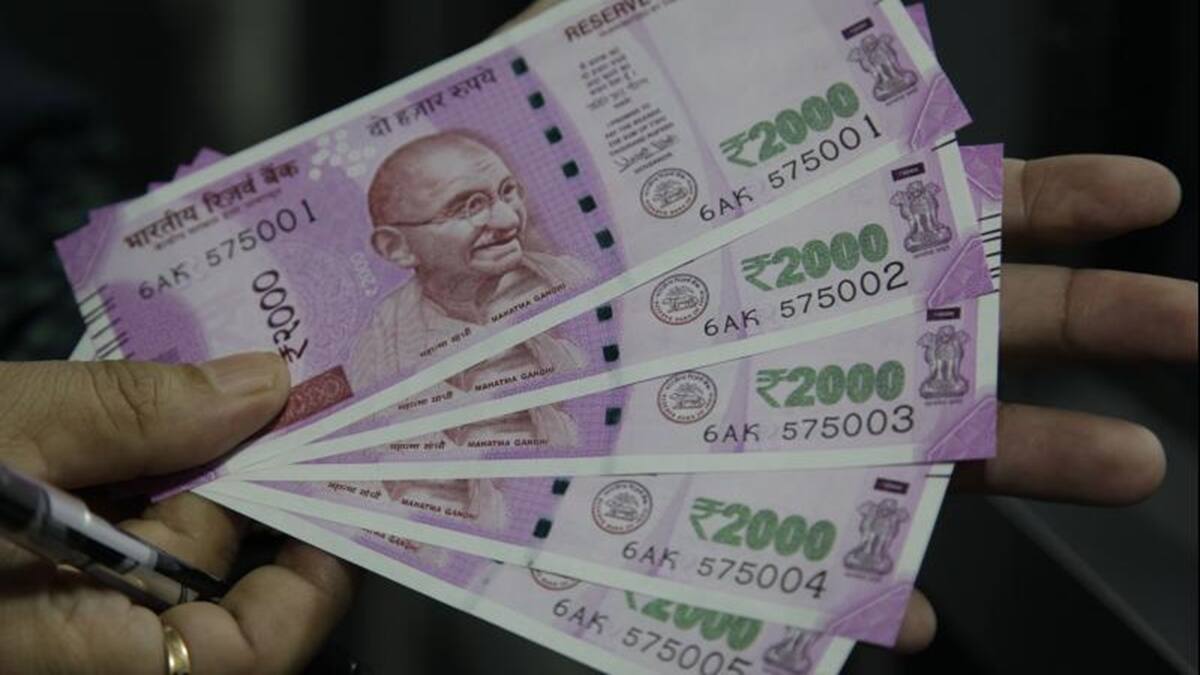

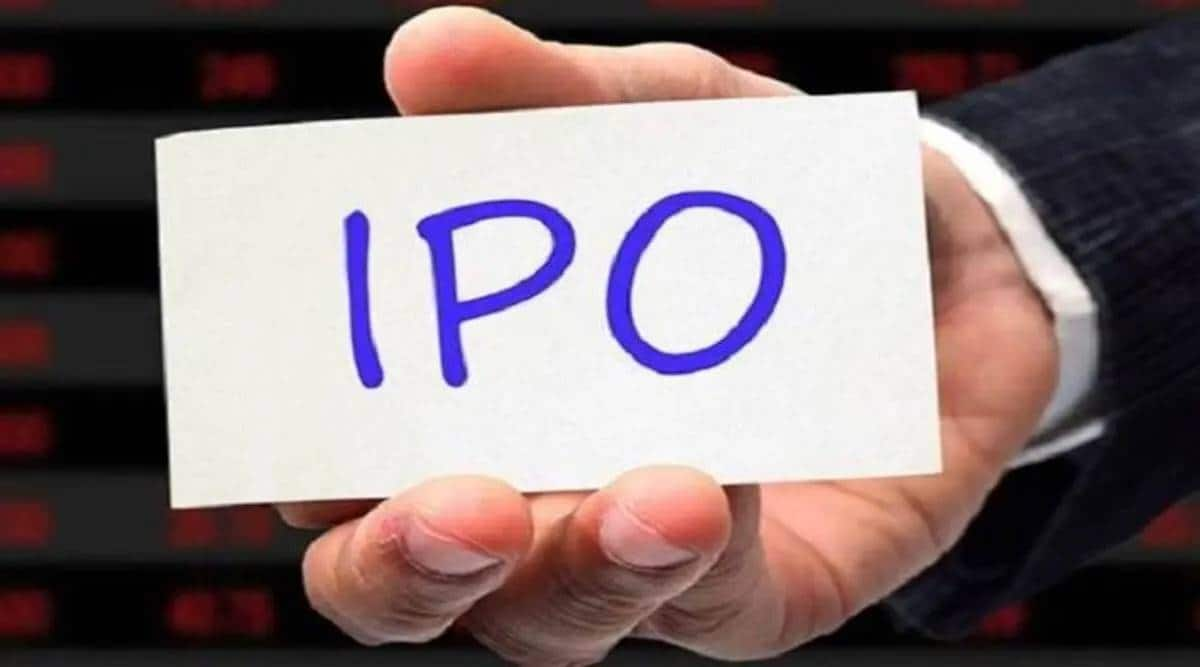

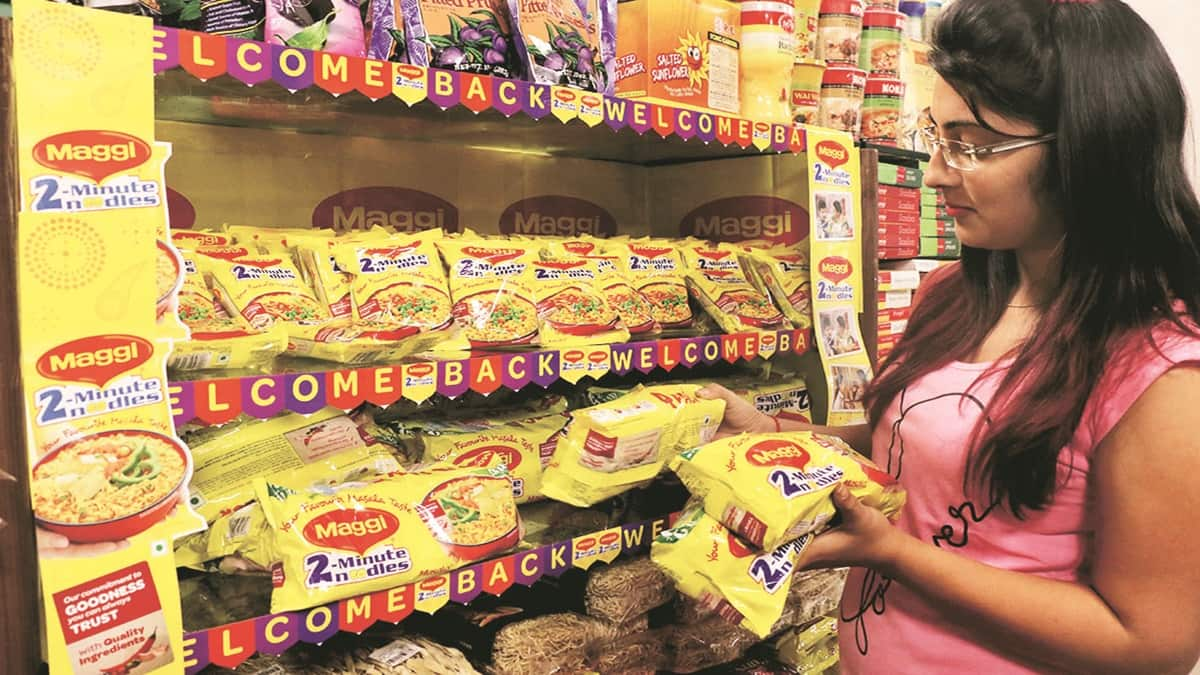

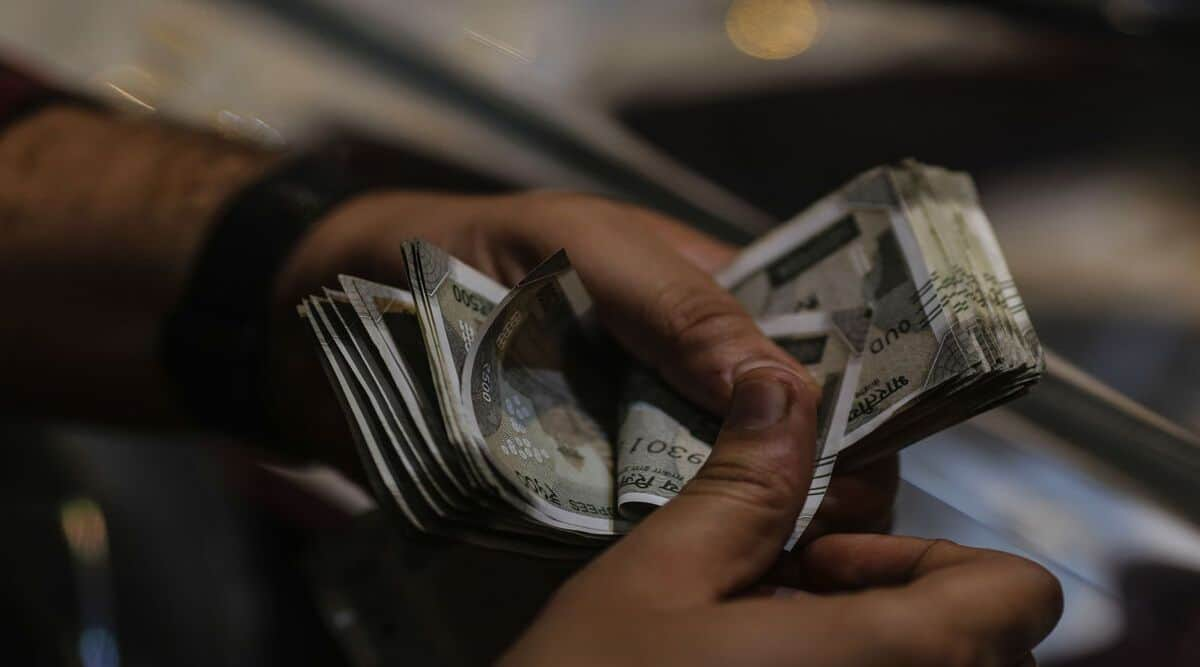
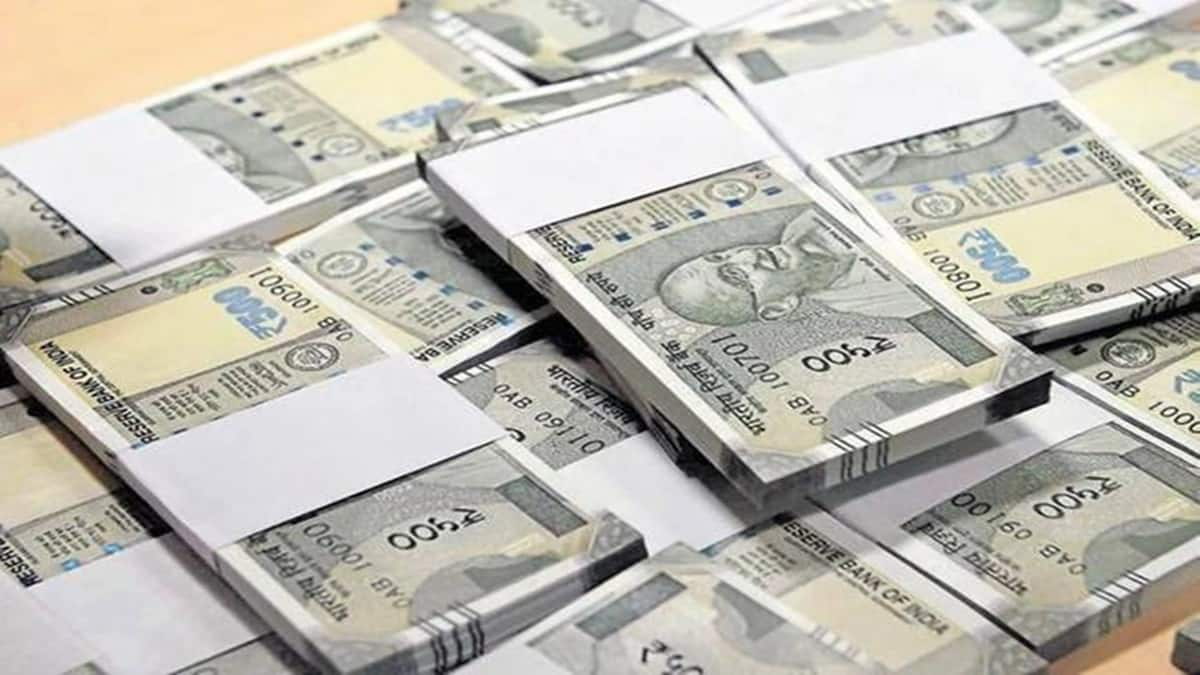


Recent Comments